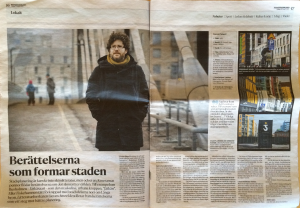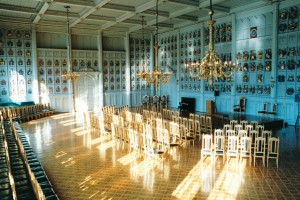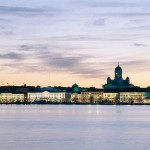“Literature and the Peripheral City”, editors Lieven Ameel, Jason Finch, and Markku Salmela, and soon to be published by Palgrave, can now be pre-ordered here:
An inspiring, two-year project is drawing to a close. Heart-felt thanks to all contributors, to everyone at Palgrave, and to my terrific co-editors!
Content:
Preface
Introduction: Peripherality and Literary Urban Studies; Lieven Ameel, Jason Finch and Markku Salmela
PART I: CITY PERIPHERIES
1. Detroit and Paris, Paris as Detroit; Jeremy Tambling
2. ‘It’s Six A.M. Do You Know Where You Are?’ Urban Peripherality and the Narrative Framing of Literary Beginnings; Lieven Ameel
3. The Peripheries of London Slumland in George Gissing and Alexander Baron; Jason Finch
4. A Topography of Refuse: Waste, the Suburb, and Pynchon’s ‘Low-lands’; Markku Salmela
5. London’s East End in Peter Ackroyd’s Dan Leno and the Limehouse Golem; Aleksejs Taube
6. The Configuration of Boundaries and Peripheries in Johannesburg as Represented in Selected Works by Ivan Vladislavic and Zakes Mda; Marita Wenzel
PART II: PERIPHERAL CITIES, GENRES AND WRITERS
7. Hungry and Alone: The Topography of Everyday Life in Knut Hamsun and August Strindberg; Tone Selboe
8. A Forest on the Edge of Helsinki: Spatiality in Henrika Ringbom’s Novel Martina Dagers langtan; Topi Lappalainen
9. Eduard Vilde and Tallinn’s Dynamic Peripheries, 1858-1903; Elle-Mari Talivee and Jason Finch
10. A Suburban Revision of Nostalgia: The Case of Ways of Going Home by Alejandro Zambra; Bieke Willem
11. From Windowsill to Underpass: Young Women’s Spatial Orientation in Swedish Young Adult Literature; Lydia Wistisen
12. Centrifugal City: Centre and Periphery in Ricardo Piglia’s La ciudad ausente; Nettah Yoeli-Rimmer
Bibliography
Index




